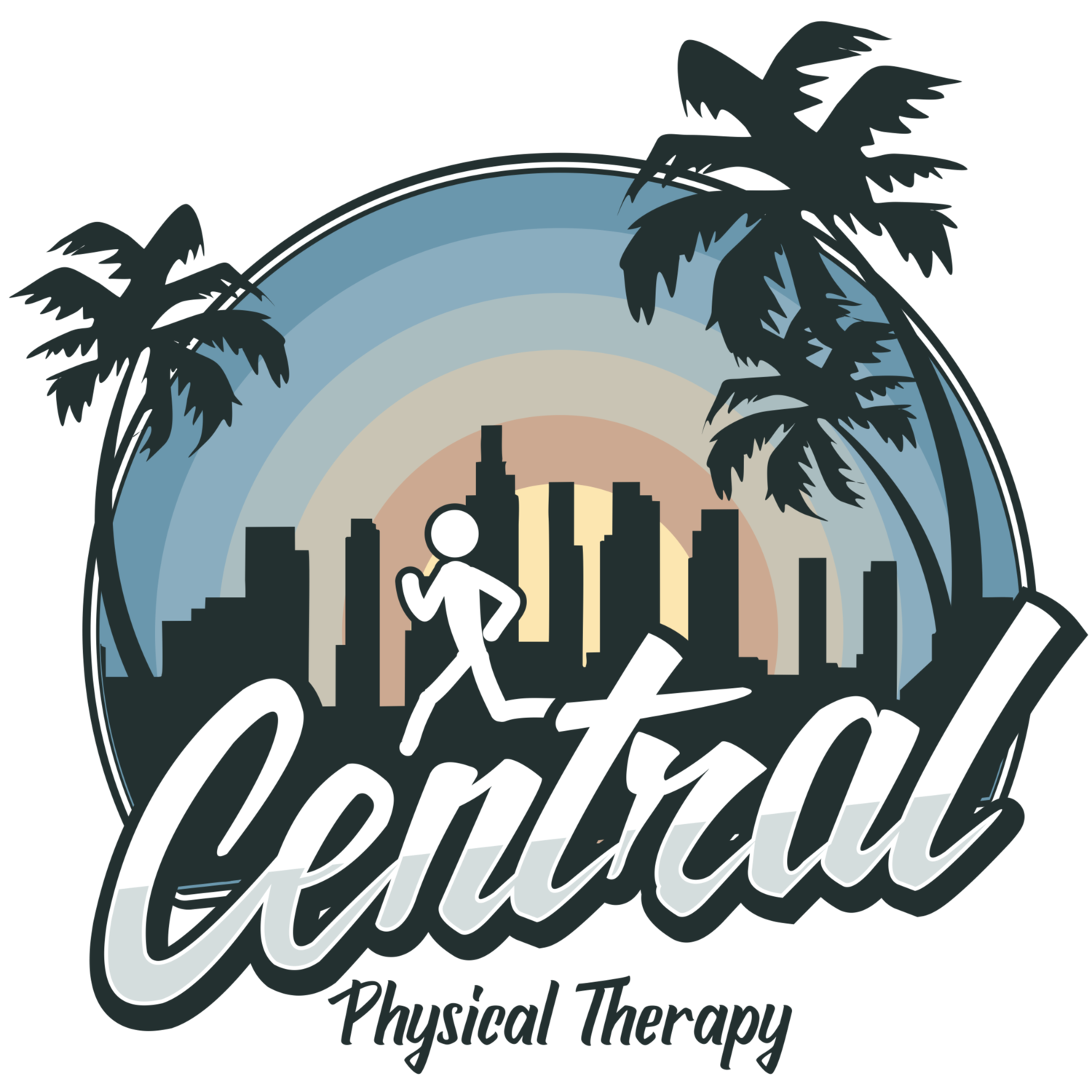“Open Scissors” Posture
“Open scissors posture” is one of the more common postures in the general population in both men and women. It’s where the ribs flare to the front and the low back arches. Why is this so common? One of the reasons may be because of the prevalence of sitting, which flexes the hips for long periods. Certain areas tend to get tighter which includes the anterior hips, among other areas (also the mid-upper back as mentioned in the last post). The anterior hips includes the hip flexors and quads and contributes to an anteriorly tilted pelvis which arches the back. Another reason why open scissors posture is so common could have to do with aesthetics – for guys, trying to appear taller and broad-chested or, for girls, trying to accentuate certain features. Or it could be more of a habitual thing — maybe something that was learned at a younger age with the performing arts or with sports.
“Neutral” position of trunk (on left) vs open scissors posture (on right)
Whatever the reason, it’s a problem because it’s outside of what’s considered the “neutral” position in the trunk area. This means the muscles are not balanced around the joints contributing to tightness, over-activation and under-activation of muscles, as well as pressure/strain in the joints and passive structures. This will often lead to pain.
As mentioned earlier, tightness is typically present in the hip flexors and/or quads as well as low back muscles, so soft tissue work and stretching these areas would be key to help with this (stretches shown below). With weakness or under-activation of the gluteals and abdominals, exercises need to be emphasized that work on proper activation and strengthening (ie. bridges, planks, sit-ups).
But does it work just to simply stretch or strengthen these areas? For some yes — for most people, however, this is a learned motor pattern, so it will likely go right back to the same posture. Another way to work on this is to improve awareness and motor control in the area. The “neutral” position has to be trained. What is the “neutral” position? Think of a barrel with a top and bottom. Now think of the top of this barrel with a circle around the lower ribs (where the diaphragm is) and the bottom with a circle around the pelvis (where the pelvic floor muscles are). The top and bottom circles should be on top of each other and parallel. When the ribs flare to the front or pelvis tilts the circles are no longer parallel. So first awareness, then training — proper breathing and stabilization on your back initially and then into other positions (a previous blog post goes over this).
The top circle (diaphragm) should be parallel with the bottom circle (pelvic floor muscles)
Exercises:
Hip Flexor Stretch 1/2 Kneeling
While kneeling down on one knee, make sure pelvis is level, tuck tailbone underneath you as to not arch your low back. Squeeze your gluts (clench). Feel the stretch in front of your hip/thigh. If you want to feel more of a stretch, bring trunk forward while maintaining tuck.
Quad stretch 1/2 prone
Lie on stomach and both forearms. Hang one leg off side of table with foot touching floor and knees bent. Reach back with hand and pull foot toward gluts. The arm reaching back should be on the same side as the foot you grab. The stretch should be felt in the quads. To feel more of a stretch, bring the foot on the floor forward more and/or come up onto hand (instead of forearm). Hold for 30 sec.
DNS Supine 3-month position
Lying on back with feet up on ball or chair, hips and knees should be at 90 degrees. Knees are a little wider than the hips and shins are angled inwards. Head is supported. Place your fingers in groin area (2 inches in from pelvic bone ASIS). Now initiate breath into this groin area, breathing in thru nose (this area should rise before the chest rises). As you exhale, press outwards into your fingers as to maintain the pressure. Try to keep upper abdominal muscles relaxed. Upper gluts should stay in contact with surface. Repeat this with each breath.
Links:
How to train proper breathing and stabilization lying on your back
Previous post about upper back stiffness
Unsure what this entails? Or have questions about how to do this? Contact us below.






